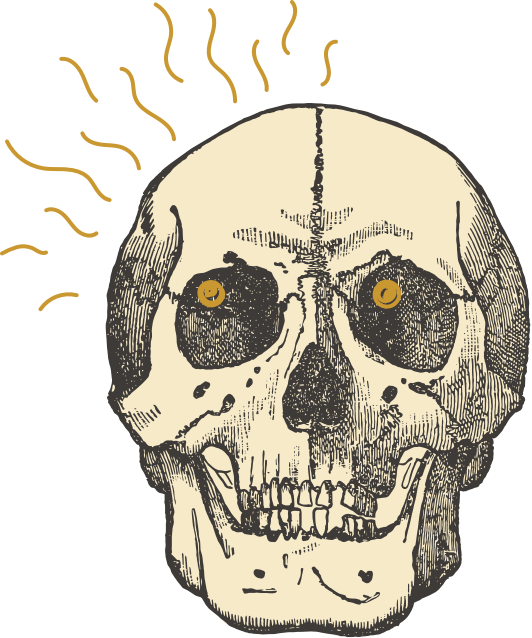Happy Father’s Day
This Sunday is Father’s Day, so here’s hoping it’s a great one! Whether he’s throwing a barbecue, video-conferencing with family and friends, or joining a virtual scavenger hunt for Father’s Day weekend, Dad has earned it.
At least, most dads have. Museums offer plenty of examples of dads—real dads, fictional dads, even mythical dads—behaving badly. Here are seven of our favorite bad dads in art.
The Lying Traitor of Pisa
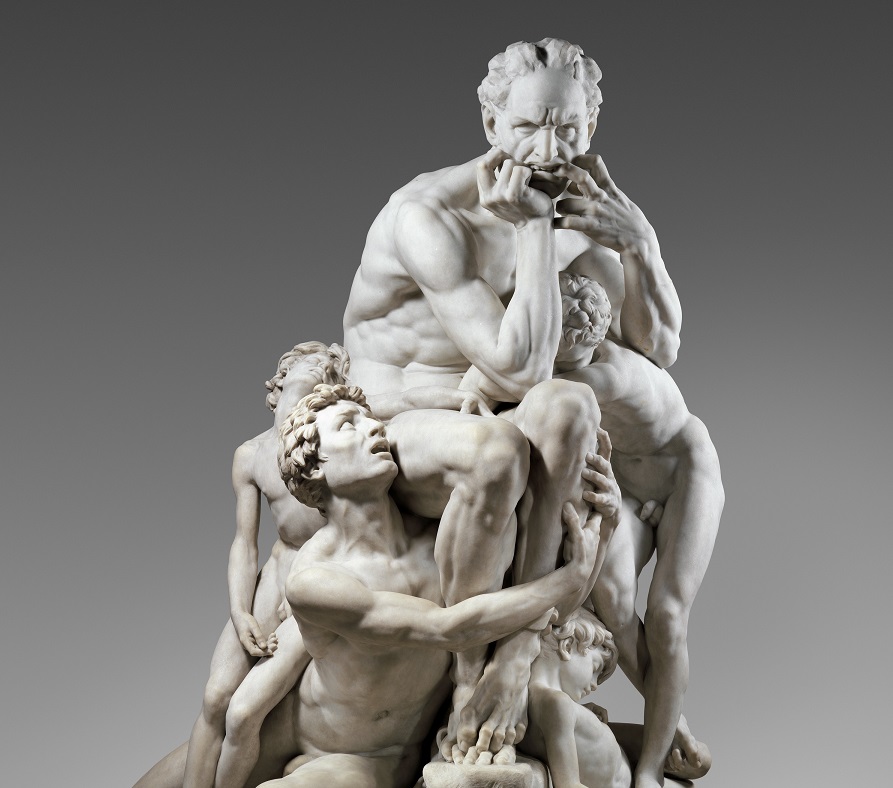
A favorite at the Metropolitan Museum of Art, Jean-Baptiste Carpeaux’s Ugolino and His Sons depicts a very bad dad indeed. Inspired partly by a scene from Dante’s Inferno, the sculpture shows Count Ugolino della Gherardesca of Pisa, Italy, who was jailed in the year 1289 on charges of treachery and generally being a war-mongering jerk. Unfortunately, Ugolino’s sons and grandsons were imprisoned with him, and they were all left to starve to death. This sculpture is said to capture the moment some of the kids offer themselves as food for their starving dad. Yikes.
In the Inferno, Ugolino pops up on the level of Hell reserved for betrayers of kin and country. He is trapped up to his neck in ice alongside the archbishop who in real life had jailed him and left his family to die.
Jagged Little Peale
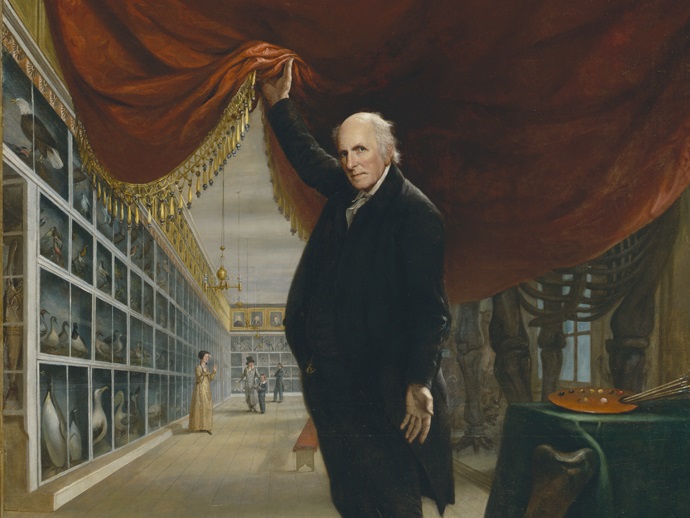
Charles Willson Peale, seen here in his self-portrait The Artist in His Museum, earned lasting fame for his portraits of Revolutionary figures like George Washington and Alexander Hamilton. He also fathered a whopping 16 children, many of whom were named after his favorite artists and who themselves became artists. All good so far, right? Well, here’s the thing: He maybe kinda murdered his son Raphaelle.
In the early 1800s, Raphaelle Peale, an up-and-coming painter, started presenting symptoms of mercury and arsenic poisoning caused by his work as a taxidermist in his dad’s museum. His physical and mental health deteriorated for decades before he essentially drank himself to death in 1825. But some scholars believe Charles Willson Peale poisoned Raphaelle, perhaps out of jealousy over his son’s talent, and have suggested exhuming the body for testing. At the very least, the father would have known the son was handling toxic taxidermy chemicals. If historians have to debate whether you poisoned your own son, you are not Dad of the Year material.
Just Play-n Crazy
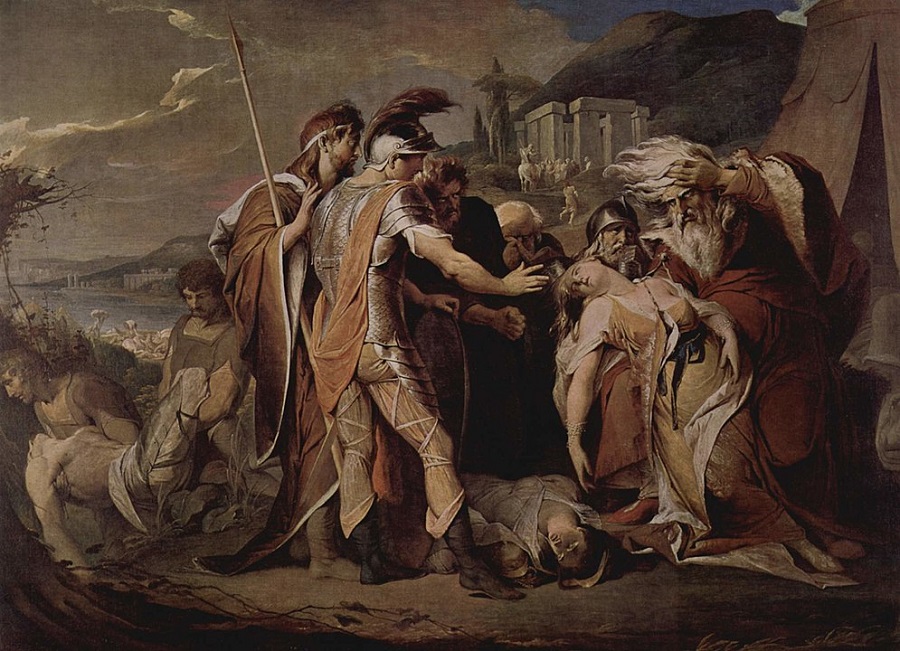
In Act I of Shakespeare’s King Lear, the titular monarch disowns his favorite daughter, Cordelia, because she is kind and decent and loves him without sucking up to him as much as her two lousy sisters. Later in the play, she returns to help him out, but in his madness he doesn’t recognize her.
James Barry’s King Lear Weeping Over the Dead Body of Cordelia shows the moment at the end of the play when not-crazy-anymore Lear mourns because Cordelia has been hanged. If you hadn’t been such a bad dad, Lear, none of this would have happened!
Greek Tragedy
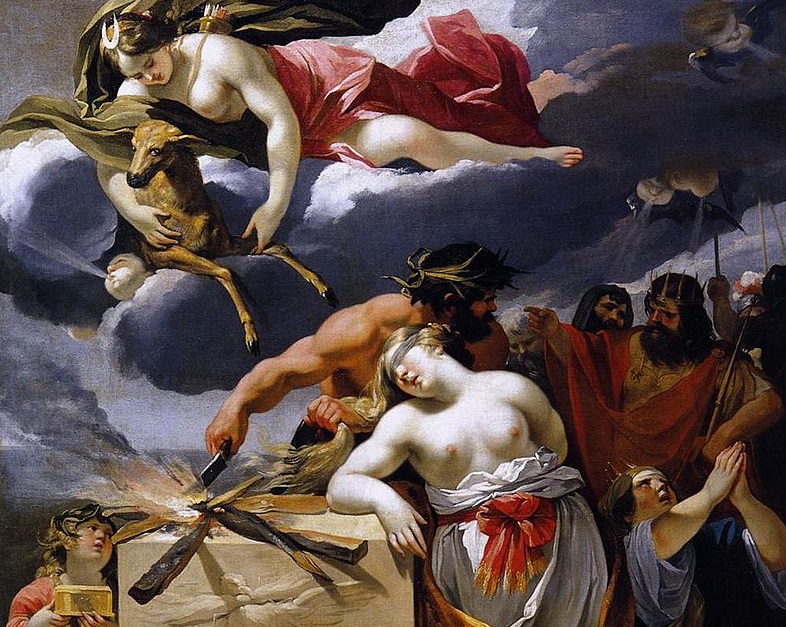
How’s this for another royally messed up father-daughter relationship? In Greek Mythology, King Agamemnon offends Artemis, the goddess of the hunt, by killing one of her sacred deer. Trouble is, pissing off a goddess on your way to fight in the Trojan War is a very dumb thing to do.
In retaliation, Artemis refuses to let Agamemnon reach Troy unless he sacrifices his daughter Iphigenia. And since you might vaguely remember hearing about this Agamemnon being there for the war (thanks, English class and/or Brad Pitt), you know he takes the deal. This legendary instance of terrible dad-ness has been depicted many times, including here in The Sacrifice of Iphigenia by François Perrier.
I’m So Tsar-y
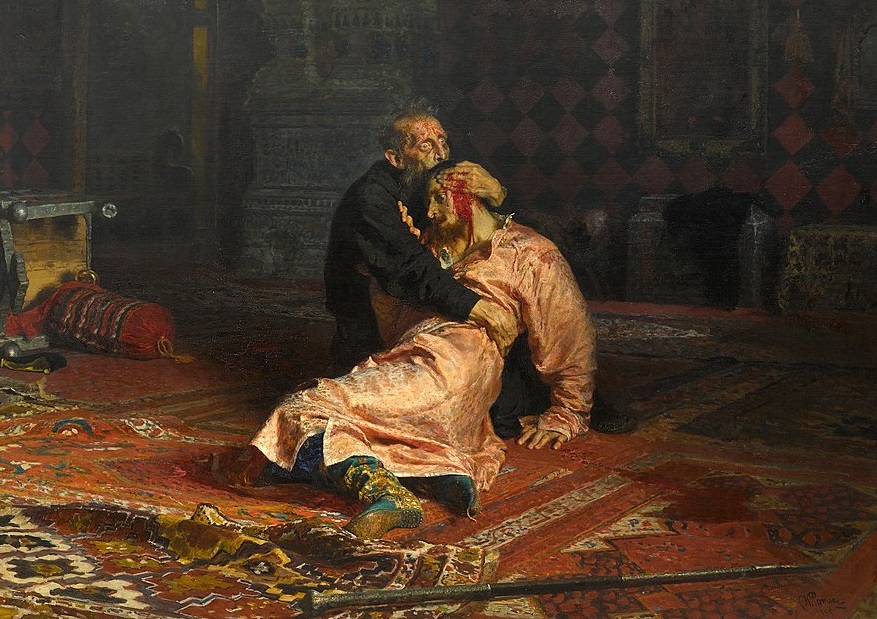
Speaking of terrible dads you’ve probably heard of, meet Ivan the Terrible and His Son Ivan. The first tsar of Russia, Ivan truly was a bad dude, flying into fits of rage, hurling cats and dogs out of open windows, the whole nine yards. In 1581, after viciously attacking his pregnant daughter-in-law, Ivan cracked his oldest son’s head open with his staff, killing him. The realist painter Ilya Repin recreated the scene some 300 years later.
Fun fact: While Ivan truly was the pits, his nickname wouldn’t have meant terrible as in really bad. The Russian word “grozny” meant terrible as in formidable and powerful.
Maybe Order a Salad Next Time
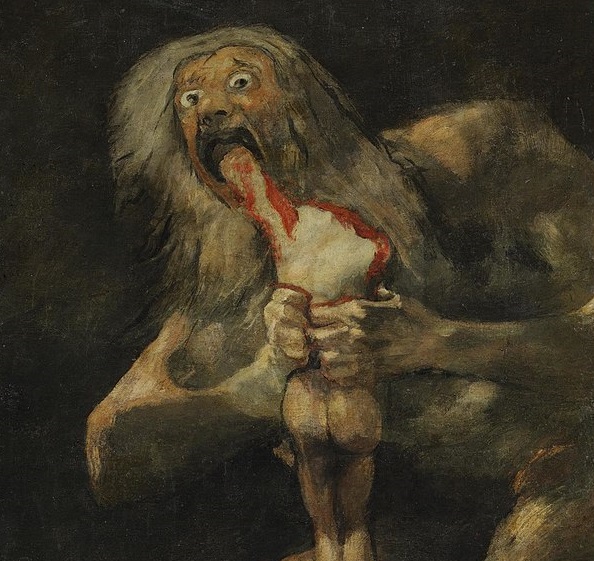
Gods chowing down on their own kids pop up now and then in various mythologies, but few depictions of it are as gruesome as Francisco Goya’s. Dubbed Saturn Devouring His Son, this is one of 14 so-called Black Paintings Goya painted directly onto the walls of a house he bought a few years before he died.
According to myth, Saturn eats his first five children because a prophecy says one of his children will strike him down and usurp his throne. Before he can eat his sixth child, his wife hides the baby and tricks Saturn into eating a rock instead. In time, Kid No. 6, better known as Jupiter, grew up to slay his pops.
Scholars debate the deeper meaning of this painting, since Goya never even named it let alone explained it, but one thing’s for sure: Saturn was a very bad dad.
Thanks a Lot, Dad
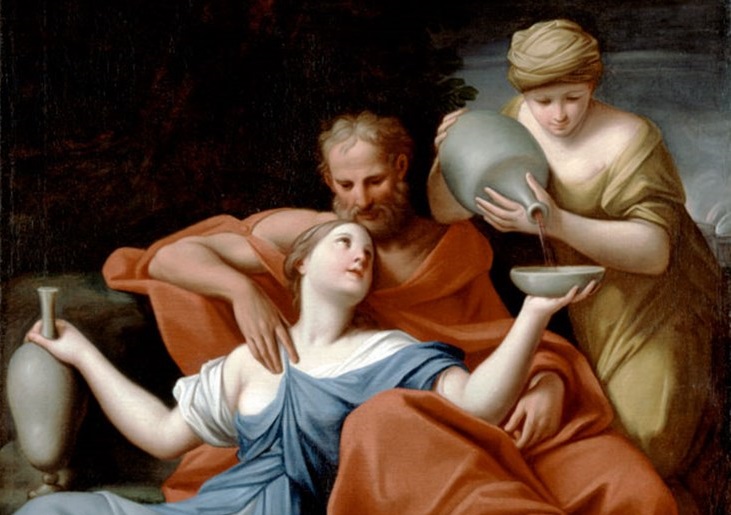
In the Old Testament of the Bible, a husband and father named Lot lived in the city of Sodom. When Sodom and its sister city, Gomorrah, are targeted for destruction for being so unrighteous, Lot and his family flee. As they escape, his wife is turned into a pillar of salt. So naturally, Lot…hides in a cave, drinks a lot of wine, and, uh, impregnates his two daughters. Not great! That is too much fathering.
Painters have imagined the scene of Lot and his daughters countless times. This example, Lot and His Daughters by Marcantonio Franceschini, is one of the tamest. You could almost forget Lot is a horrible, no good, very bad dad.
~
Image credits: Ugolino, The Artist, and Saturn via their respective museums; King Lear in the public domain, via Wikimedia; The Sacrifice of Iphigenia in the public domain, via Wikimedia; Ivan the Terrible, in the public domain via Wikimedia; Lot and His Daughters in the public domain, via Wikimedia
